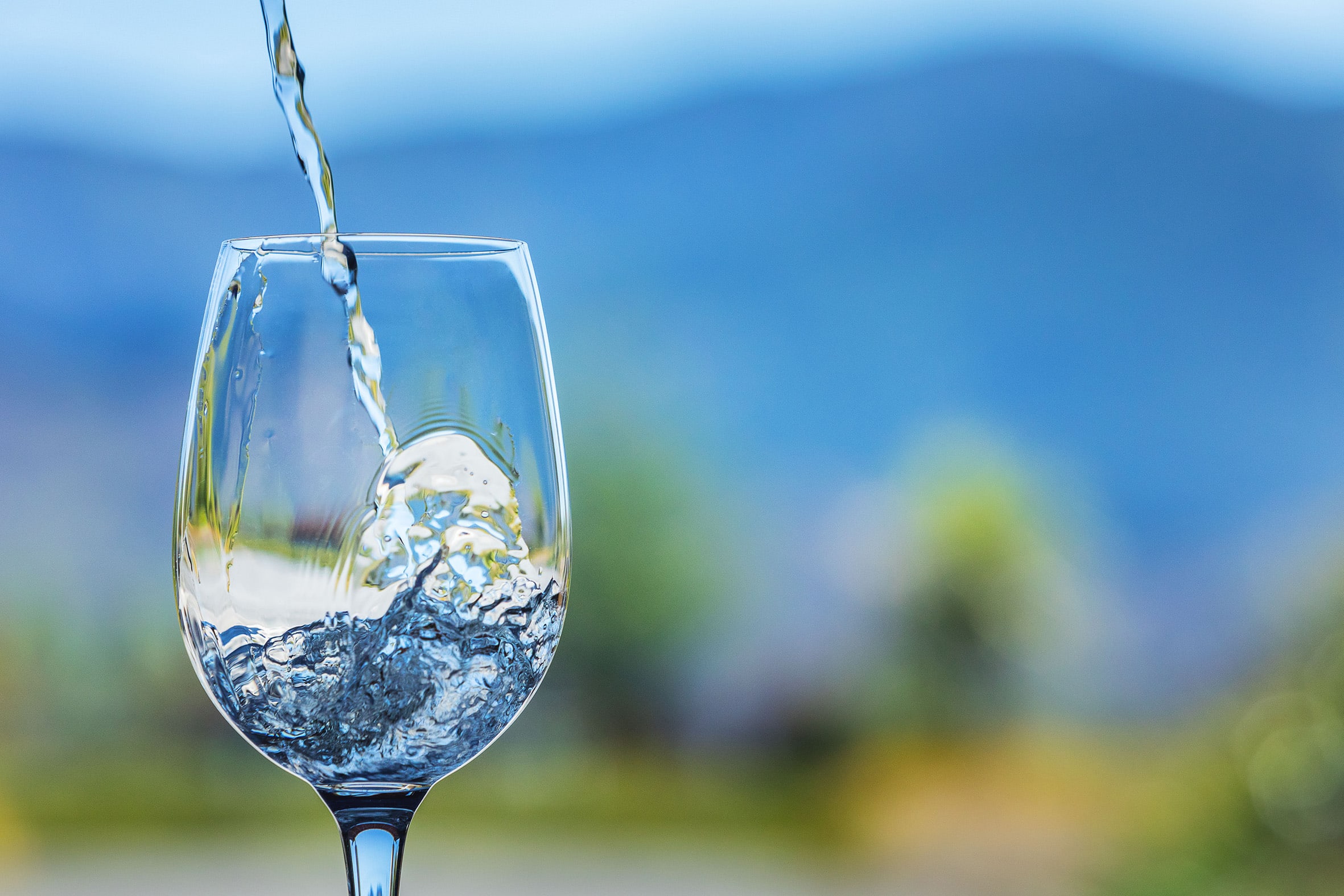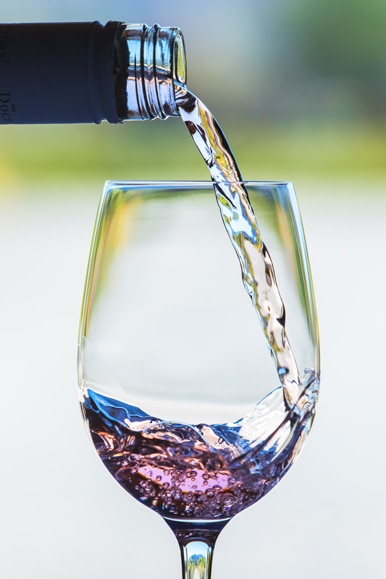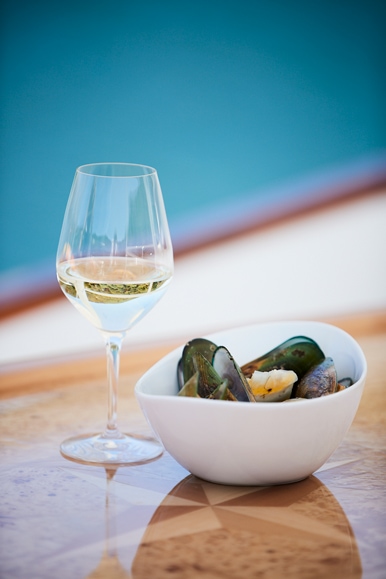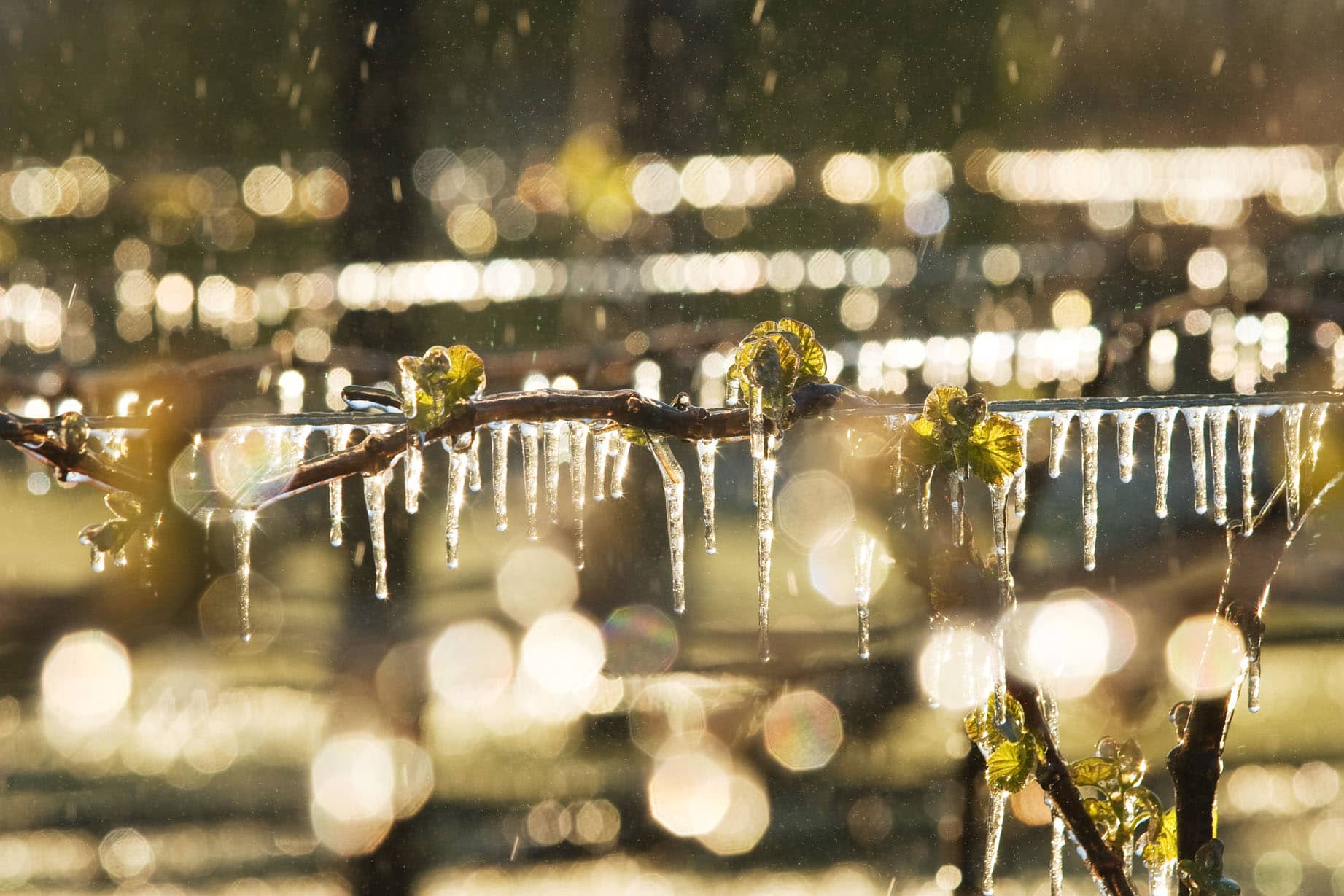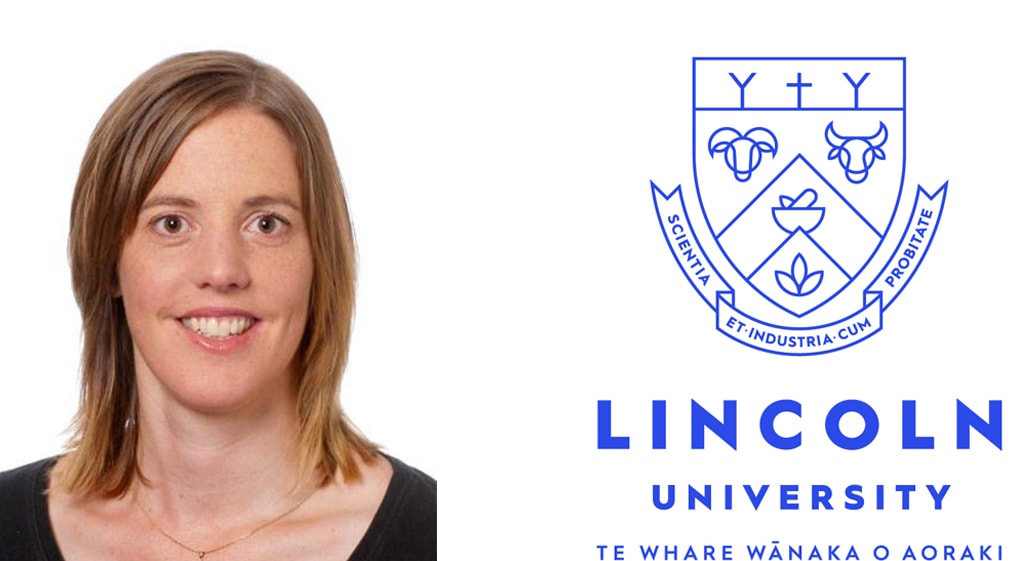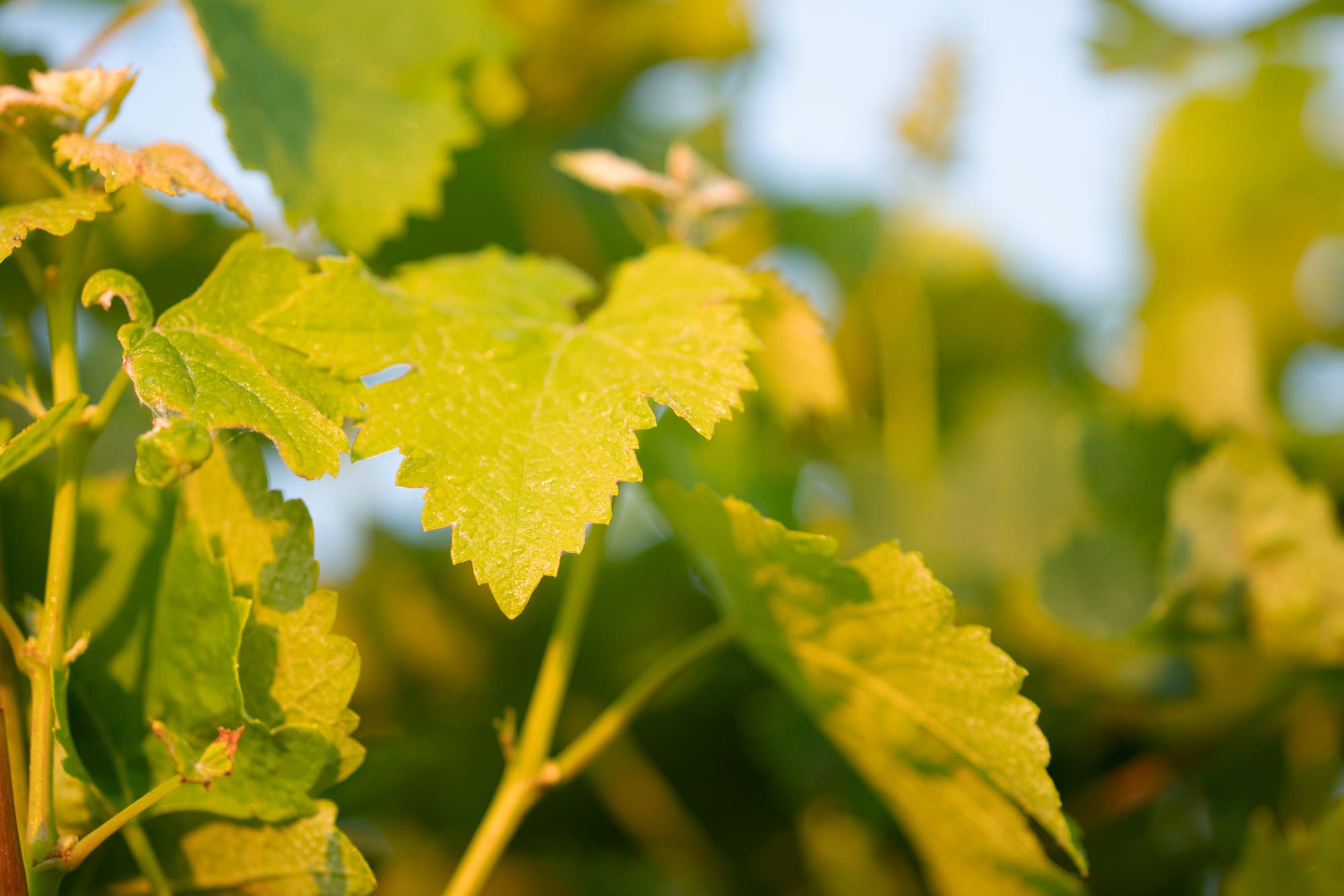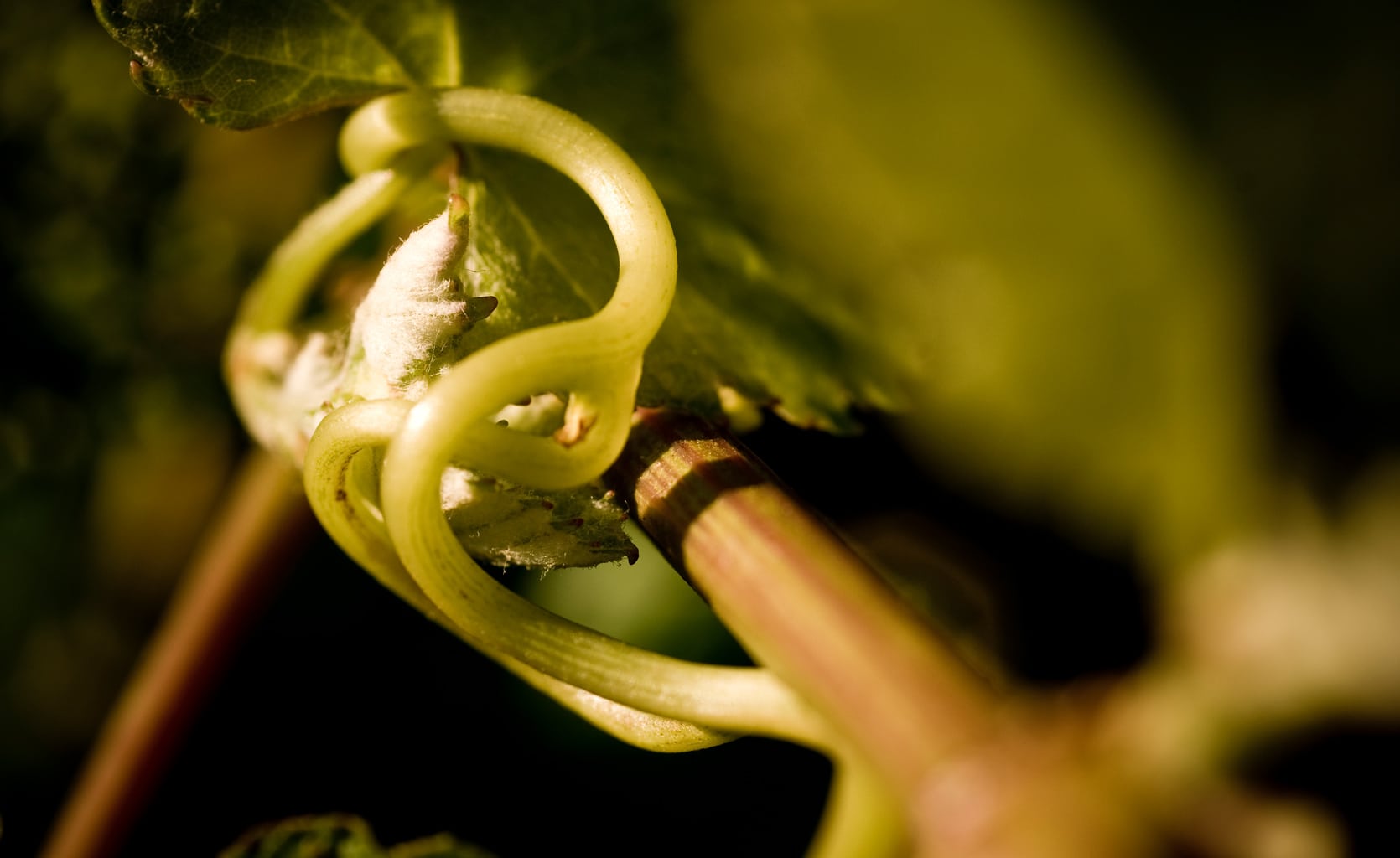Dr Paul Epee, Ngarita Warden, Dr Fang Gou, Bragato Research Institute
The main goal in vineyard management is to grow high-quality grapes that make great wine – and to do so in a way that makes financial sense. With production costs rising, grape growers are under pressure to find new and more efficient ways to manage their vineyards. But cost savings cannot come at the expense of wine quality.
To address this, Bragato Research Institute (BRI), the research arm of New Zealand Winegrowers, began looking into more cost-effective winegrowing systems. This work formed the pilot phase of the Next Generation Viticulture (NGV) programme.
The trial tested six alternative vine training systems on five different grape varieties across three Marlborough vineyards. The aim was to see whether these systems could increase or maintain yield while reducing vineyard management costs.
The first results, reported in previous issues of this magazine (Issues 149 and 150), compared these new systems to the traditional 3Cane training method (head-cane training) used for Marlborough Sauvignon Blanc. Some of the new systems produced more shoots and had bigger vine canopies, which captured more sunlight. This helped them produce more fruit and more vine growth, even though the grapes took slightly longer to ripen.
One standout system, the 6VCane (six vertical canes), consistently performed well. It carried more fruit well distributed over the canopy (Photo 1), flowers, and shoots of moderate vigour that self-terminated (Photo 2) by harvest time. Another system, 2BudSpur, also performed well in some areas. The 6VCane vines had optimal budburst and grew a less dense canopy, even with double the number of shoots compared to the traditional 3Cane. It also produced twice the yield of the control vines.
Of course, none of this matters if wine quality is not maintained or improved. So, grapes from these trials were also made into wine at the BRI Research Winery, where their chemistry and sensory attributes were assessed. This article presents the winemaking and wine quality results for Sauvignon Blanc harvested in the lower Wairau (Rapaura, Blenheim) trial site.
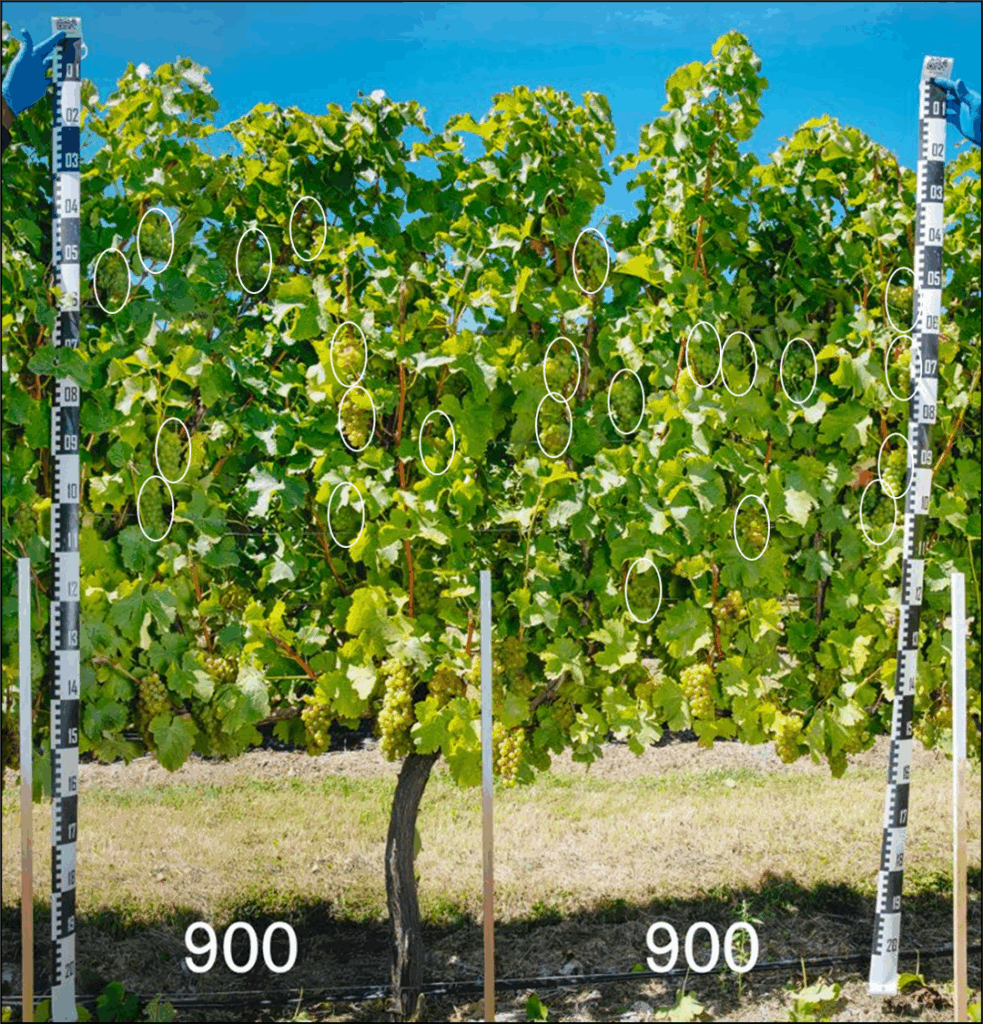 Photo 1 Fruit distribution on the canopy of a 6VCane vine. The tape measure is graduated in decimeters.
Photo 1 Fruit distribution on the canopy of a 6VCane vine. The tape measure is graduated in decimeters.
Methodology
Vineyard description
The grapes were picked from a Sauvignon Blanc vineyard planted in the late 2000s, located in Rapaura (northwest of Blenheim). The scion was grafted on an unknown rootstock, with rows spaced 2.7 m apart and vines 1.8 m apart. Four vine training systems were considered in this part of the trial: 3Cane, 6VCane, 2BudSpur, and Horizontal (Table 1). A detailed description of the site and the vine training treatments is presented the previous two articles of this series.
Fruit processing
The grapes were picked in three batches per training treatment. After weighing, they were destemmed, crushed, and treated with 80 mg/L of potassium metabisulfite or PMS. To simulate gondola and truck transport, the crushed grapes were cooled and gently mixed before being pressed separately under inert gas into 17-litre stainless steel tanks. Settling agents were added, and the juice was left to clarify for 48 hours at 7°C before racking off the solids. After racking, samples were tested for sugar (TSS), acidity (TA), pH, malic acid, and available nutrients for yeast (YAN).
 Photo 2 Moderate vigour shoot on a 6VCane vine
Photo 2 Moderate vigour shoot on a 6VCane vine
Fermentation
The clarified juice was gradually warmed to 18°C, yeast was added, and fermentation monitored daily. Temperature was adjusted to enable a 1.5°Brix decrease per day. Most ferments took 12–14 days. The 6VCane wines fermented slightly faster, while 2BudSpur took about a day longer than the 3Cane control. Wines were cooled and stabilised by adding bentonite (to prevent haze) and cream of tartar (to prevent crystal formation), then filtered and bottled.
Filtration and bottling
The wines were analysed for alcohol, pH, acidity, sugar, and sulphur levels. Sulphur was adjusted, then the wine was filtered through several increasingly fine filters and bottled in 750 mL bottles between June and August 2023. Bottled wine was stored at 10°C.
Aroma analysis and sensory evaluation
After bottling, wine samples were sent to the lab to measure key aroma compounds. These included methoxypyrazines (which give green/herbaceous aromas) and thiols (which add fruity, tropical notes). Compounds like 3-mercaptohexan-1-ol (3MH) and 3-mercaptohexyl acetate (3MHA) are especially important in Sauvignon Blanc for flavours like passionfruit and grapefruit.
In September 2023, a tasting panel of 12 experienced Marlborough winemakers judged the wines on 21 different aroma and flavour traits relevant to Sauvignon Blanc. Wines were tasted blind, in a random order, and rated on a 10 cm line scale for each attribute (from 0 = not present to 10 = very strong).
Results
Pressed juice composition and fermentation
Three training treatments showed no significant differences between the pressed grape juice TSS, pH, and TA (Table 1). However, Horizontal vines could not reach the target TSS of 20°Brix, despite being harvested in May. While titratable acidity (TA) remained similar, malic acid concentrations were highest in 3Cane, lower in 6VCane and 2BudSpur, and lowest in Horizontal. This indicated that malic acid degradation was more advanced in later-harvested treatments, mainly Horizontal. This trend could be due to prolonged ripening, increased respiration and high crop levels.
Yeast assimilable nitrogen (YAN) also exhibited significant variation, with the highest values on 3Cane juice and the second highest on 6VCane juice. These differences were critical, as low YAN influences fermentation kinetics and final wine aroma potential. There was a clear trend for 3Cane and 6VCane to have a shorter fermentation, possibly due to their relatively high YAN (Table 1).
Wine chemical composition
The training system significantly affected the final wine composition, particularly alcohol, TA, malic acid, and volatile acidity (Table 2). The 3Cane treatment had the highest alcohol content, while the Horizontal had the lowest, reflecting the differences in fruit ripeness and sugar accumulation at harvest. The significant reduction in wine TA and malic acid on 6VCane, 2BudSpur, and Horizontal may indicate varying metabolic activity, possibly due to the extended hang time and high crop level.
Aroma compounds
Methoxypyrazines, the key contributors to herbaceous and green bell pepper aromas in wines, were highest in 3Cane wines and lowest in Horizontal (Table 3). This suggests that training systems are critical in regulating methoxypyrazine accumulation. 6VCane wines were highest in thiols. Volatile thiols contribute to fruity and tropical aromas in wine, particularly passionfruit and grapefruit notes.
The significantly lower 3MHA and 4MMP concentrations in Horizontal wines suggest that this training system, coupled with the heavy crop level and prolonged hang time, might have impacted thiol retention or biosynthesis.
Wine sensory evaluation
3Cane and 6VCane were rated highest for aroma intensity, palate balance, and floral notes, suggesting a greater concentration of sensory compounds in these wines (Figure 1). 2BudSpur and Horizontal, while displaying moderate intensity in several characters, tended to score lower for aroma intensity and colour, potentially indicating lower fruit ripeness or differences in grape composition.
Acidity and bitterness were particularly pronounced in the 3Cane and 6VCane wines (Figure 1). These wines also showcase stronger herbaceous characteristics, indicative of higher methoxypyrazine levels (Table 3), commonly associated with vigorous canopies or earlier harvest dates. In contrast, the Horizontal and 2BudSpur appeared to yield wines with more muted acidity and bitterness, possibly due to a prolonged hang time (Table 1). The lower oxidation scores across all treatments suggested that the wines were well-managed post-harvest, maintaining their freshness and preventing premature aging. The presence of tropical and citrus fruit notes, as well as warmth/alcohol perception, varied across the treatments, with 3Cane and 6VCane showing a broader spectrum of fruit expression compared to Horizontal and 2BudSpur.
 Figure 1 Wine sensory evaluation. Attributes followed by asterisks (*) are significantly different between training treatments with the ANOVA test at p ≤ 0.05
Figure 1 Wine sensory evaluation. Attributes followed by asterisks (*) are significantly different between training treatments with the ANOVA test at p ≤ 0.05
Conclusion
Of the seven training treatments trialled in the vineyard during the pilot phase of NGV, four were selected for winery fermentation, chemical analysis, and sensory evaluation. Among these, the 6VCane training system demonstrated strong potential, achieving more than double the yield of 3Cane, significantly outperforming 2BudSpur, yet falling slightly short of Horizontal. While 6VCane had a slightly lower TSS at harvest than 3Cane, it resulted in a moderate alcohol content in the final wine. Sensory evaluation highlighted its strong performance in aroma intensity, complexity, and tropical fruit characteristics, aligning closely with 3Cane. Methoxypyrazine and thiol analysis further supported this, with 6VCane wines exhibiting the highest concentrations of 3MH and 4MMP – key compounds contributing to desirable tropical and citrus fruit aromas.
When considering the vegetative and reproductive growth performance and wine quality, 6VCane presented a well-balanced option. It delivered significantly more fruit, less dense canopy with moderate vigour shoots than 3Cane while maintaining good wine quality, with a strong aromatic profile, balanced acidity, and moderate alcohol. Although 3Cane wines received slightly higher overall ratings, 6VCane consistently outperformed 2BudSpur and Horizontal, making it a viable choice for producers seeking to improve yields without compromising essential flavour and quality attributes. The main trade-off was its marginally lower TSS and alcohol compared to 3Cane, which could influence the wine’s body and perceived intensity.
Overall, the 6VCane training system emerged as a promising alternative for vineyards aiming to enhance productivity while maintaining high wine quality. It significantly surpassed Horizontal in terms of wine complexity and aromatic intensity while offering a substantial yield advantage over 3Cane, positioning it as an economically attractive option. While 3Cane remains a strong choice for premium winemaking due to its slightly superior sensory profile, 6VCane represents a practical and compelling strategy for addressing the economic challenges facing New Zealand vineyards.
Acknowledgement
We acknowledge the contribution of Dr Stuart Tustin, NGV Science Advisor, for the science review, and Louise Thomas for professionally editing this article.
About the project
Next Generation Viticulture is a seven-year programme that is a partnership between the Ministry for Primary Industries, New Zealand Winegrowers, and seven wine business co-investors contributing cash and in-kind. Bragato Research Institute is contracted to deliver the programme. The programme’s vision is to increase vineyard productivity without compromising wine quality or the environment.





